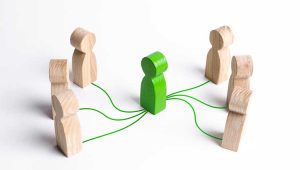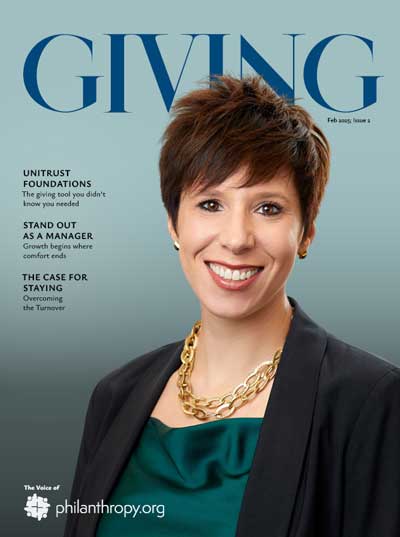
Hardball in Leadership: No Excuses, Just Results
Whiners don’t win—leaders do. If your comfort zone is begging for 2–4% raises and hoping for a part-time job post-retirement, this isn’t for you. Hardball leaders don’t play it safe—they make bold moves, take calculated risks, and push their teams toward excellence. The nonprofit world is plagued by a softie mentality, where comfort trumps results. But real impact demands urgency, accountability, and grit. Step up, toughen up, and lead like a winner—because playing it safe won’t get you to the top.









